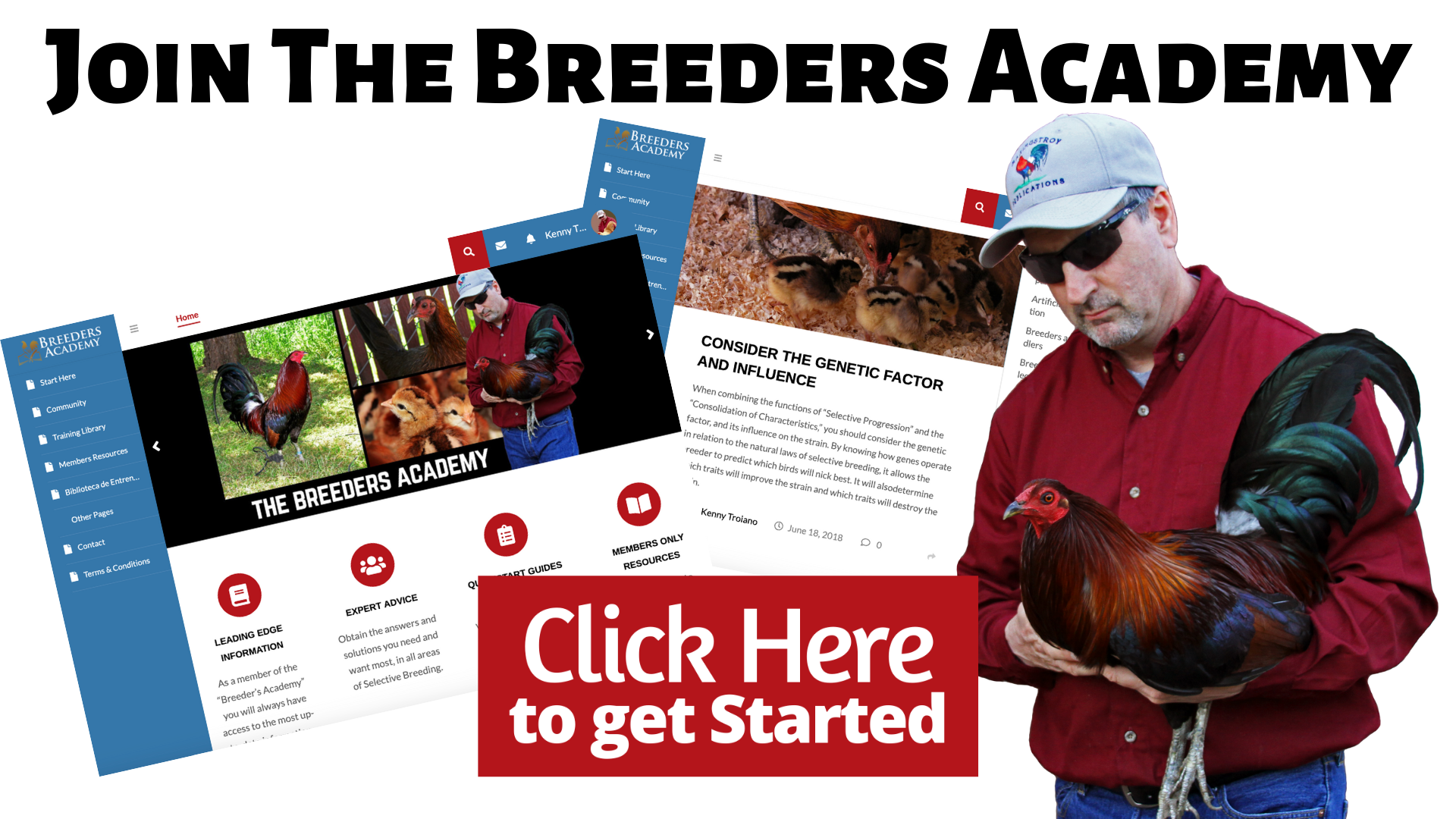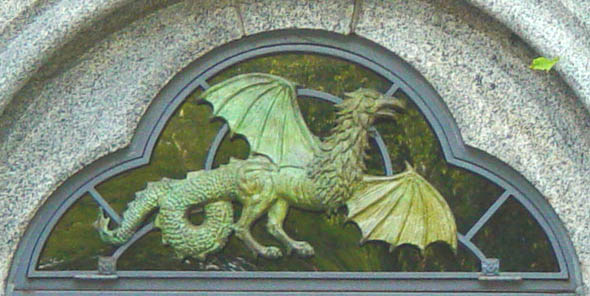
By Nancy Troiano
Researching about the Cockatrice was fascinating, as there are many different takes on what this beast was, its characteristics and its size. However, everywhere I researched, the different literature was in agreement of their looks. I found reference to the Cockatrice in the Bible, Dungeon and Dragons game, which I might add, took their definition to a whole nother level, with most of its description of the beast’s characteristics accurate to the mythical creature from other ancient literature and on YouTube videos that were taken from the journals of the late 14th century. There also were many YouTube videos on the Cockatrice in video games on how to combat the Cockatrice. Surely, this beast is a fun villain to create in the realm of gaming. In fact, when our daughter, Tawny found out that the Cockatrice was in Mindcraft, she ran to her computer to find it in her Mindcraft game. To her dismay, she has an old version of Mindcraft and there were no Cockatrice to be found. Needless to say, she was very disappointed.
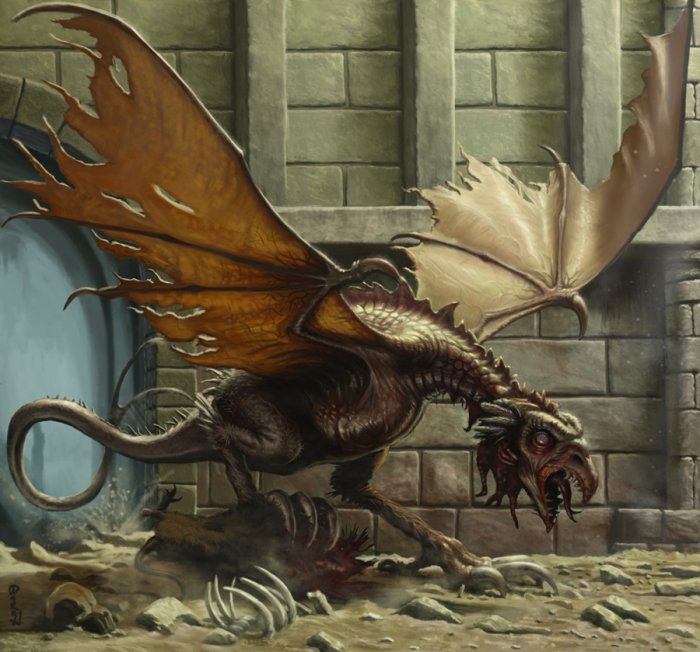
The Cockatrice first began to take shape in the late 14th century. This mythical beast had the head of a rooster while its body was dragon like, with a long, strong tail. Some believed the Cockatrice was imagined from the Archaeopteryx dinosaur because it resembles it quite a bit. The cockatrice was about the size of a chicken, sparrow or, in some reports, as big as a dragon. However, most believed the cockatrice was between 6 and 12 inches tall. The head of the male had a comb and wattles, whereas, the hen had an almost nonexistent comb and no wattles. They walked on two legs resembling chicken or dragon legs. The wings were not big but bat like or in some cases, dragon like. However, these wings were not efficient enough for the Cockatrice to take flight for any length of time. Being faster in short bursts of flight rather than walking or running on the ground, they preferred to attack from flight rather than on the ground.
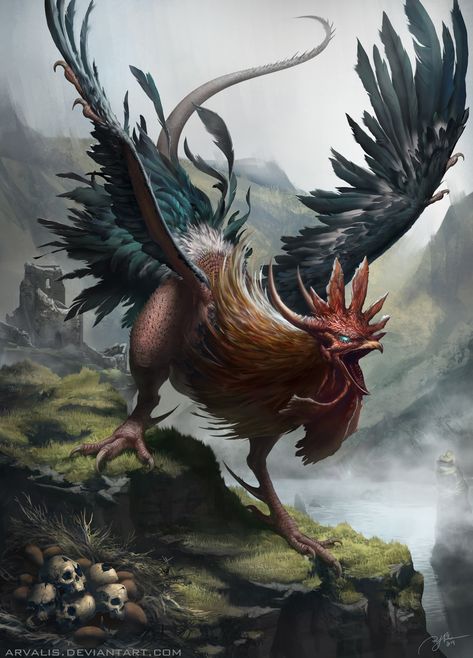
Its putrid breath was known to kill its victims with one to several burst of fire or venomous gases expelled from its beak. One look into its eyes would turn you into stone or petrify you. Its feathers also expelled poisonous gasses that could kill you if you were to touch them.
The Cockatrice was much like the domesticated chicken, territorial of their space and hens; however, they were 10 times more aggressive than your average rooster. Known to battle it out amongst their own kind, the Cockatrice were immune to any poison and petrification. Instead of living in chicken coops, they lived in dens that were underground with the normal amount of Cockatrice in each den being up to but not over twelve.
The inception of the Cockatrice was a bit bizarre. In order to create a Cockatrice, the egg had to be laid by a cock, cockerel or a seven year old cock on a full moon, and then incubated by a snake (serpent); this method being the exact opposite of a Basilisk. Because of this, the Cockatrice and Basilisk were often confused with one another.
There were usually more roosters than hens, as a result, being the complete opposite of the domesticated chicken. It was rare to see a hen without a harem of males, as she was never left alone. She only lays one to two eggs per the waxing moon cycle while the males guard the nest as she incubates the eggs. The eggs hatch in about two weeks or less. The hatched chick, if not hatched at the same time as the sibling would eat the remaining unhatched egg. The males also brought gold, silver and precious treasures to align the nest. These trinkets were so important to the Cockatrice that they will guard that nest to the death.
Cockatrice chicks grew at a normal domestic chicken rate; however, they would have no magical killing powers until they were fully matured at four to six months. Some Cockatrice had been known to live up to 30 years but the average life span was 16 to 20 years.
Could this mythical, terrifying beast be trained?
The answer is yes. However, you must have a load of patience as these creatures were pretty stupid. If they didn’t kill you at the first sight of them, and they learn to trust you, you might of had a shot at it. One man did just that. He was an artist who had used the Cockatrice to petrify his victims so that he could steal their valuables and display his victims as works of art of his own. This plan didn’t work out for him though, because a person could only be petrified for so long. Once the victim came back to life, the artist was caught. Bad idea! After that debacle, people would clinch their valuables tight in their hands if they knew that they were about to be petrified. That way the thief could not make off with their valued treasures.
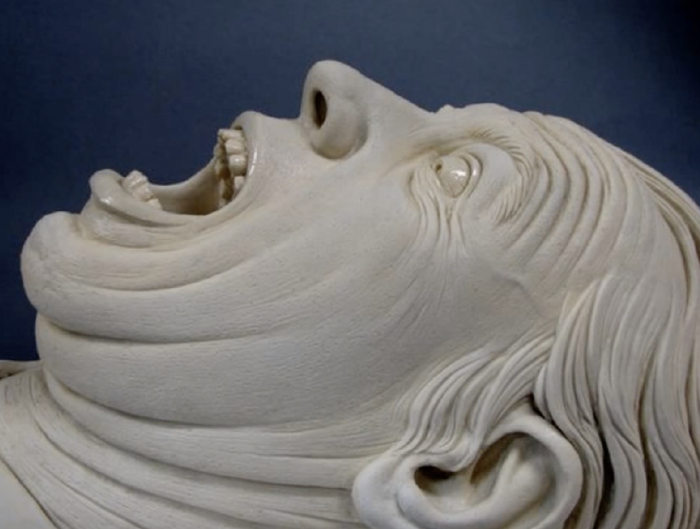
The last Reported Sighting
The last reported sighting of a Cockatrice was in 1537 in Warsaw. The report said that two small children had gone down into the unused cellar, saw a Cockatrice, and died instantly. A condemned criminal volunteered to go down into the cellar to kill the beast with an iron rake and after a moment or two, came back up with the dead body of a spotted lizard that had a head resembling a rooster’s head.
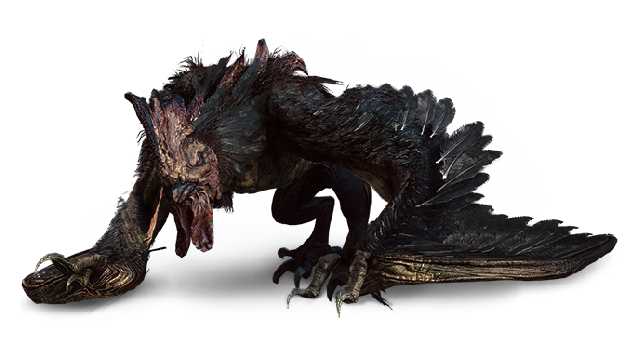
The Bible
The Bible mentions the Cockatrice in four different scriptures. In the King James Version, one of many Bible Book versions, there is mention of the Cockatrice in Isaiah and Jeremiah. The translation of the Cockatrice could be flawed, however. During 1611 of the King James Version of the Bible translation, the Hebrew word Tsepha was translated as Cockatrice, yet, with the Hebrew language much better known in modern days, we now know that the word Tsepha means serpent, known as the Basilisk.
Isaiah 14:29
29 Rejoice not thou, whole Palestina, because the rod of him that smote thee is broken: for out of the serpent’s root shall come forth a cockatrice, and his fruit shall be a fiery flying serpent.
Isaiah 11:8
8 And the sucking child shall play on the hole of the asp, and the weaned child shall put his hand on the cockatrice’ den.
Isaiah 59:5
5 They hatch cockatrice’ eggs, and weave the spider’s web: he that eateth of their eggs, dieth, and that which is crushed breaketh out into a viper.
Jeremiah 8:17
17 For behold, I will send serpents, cockatrices, among you, which will not be charmed, and they shall bite you, saith the LORD.

Killing a Cockatrice
Death to the Cockatrice was not very tricky. If you had a cockerel on hand that can crow, that’s all you’d need. A crowing cockerel could make the Cockatrice go mad with fits until it was dead. However, if you didn’t have one of those handy, get yourself a weasel. The weasel was the mortal enemy of the Cockatrice and as always, immune to its poisonous gasses or petrifying stares.
The tail feathers being the most potent of the poisonous gasses process could retain their powers from one to four days after its death.
Prevention
To avoid being petrified by the Cockatrice, never look directly into its eyes. Don’t ever touch it or allow it to breath on you. Never let it get close enough to you so it could breathe fire on you. Your best bet is if you plan to go Cockatrice hunting, wear full body armor that covers your whole body.
England Society
In the late 14th century, there was much turmoil going on in England. The decision to stay Catholic or convert to Protestant was a real dilemma these people faced, as well as, whether to be political or virtuous. The mythical Cockatrice became the mascot for those who strongly believed in their faith and stature because it represented truth, strength and courage. Furthermore, the Elizabethans, poets from the Queen Elizabeth I era, loved to tell stories about the Cockatrice because the creature was poetic, mystically proud, and full of venom.
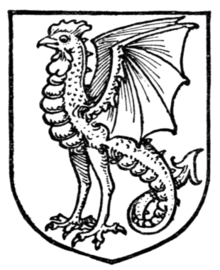
Cooking in Medieval Times
Cury 1390, Austin 1440
Medieval kitchens were very imaginative. They often sewed a front part of a chicken and a back end of a pig to create their own delicacy that resembles a Cockatrice. I’ve included a medieval times recipe. Maybe you can make more sense out of it than I could.
Original Receipt in the 15th Century ‘Austin Manuscripts’ (Austin 1440)
Cokentrice. Scald a capon clen, & smite them in-to the wast oueretwarde, and scaude a pygge, and draw him, & smite him in the same maner; and then sewe the forthyr parte of the capon and the hyndyr parte of the pygge to-gedrys, and the forther parte of the pygge and the hynder parte of the capon to-gedyr: then draw the whyte & the yolkes of eggs, and cast thereto, and svette of a schepe, and saffron, & salt, and pouudre of gynger, and grated bread; and medle a to-gedre wit thyn honde, and putt it in the cokentrice, and putt it on a spite, and roste them; and endore them with yolkes of eggs, and pouudre of gynger, and saffron, & ioiss of persely or malves, & draw them, and endore them a abowte in euery perty of him.
Resources:
Basilisk and the Cockatrice
What is a Cockatrice
Dungeons and Dragons
King James Version – Bible
Carm website
Ouotes Cosmos website
The Foods of England project
